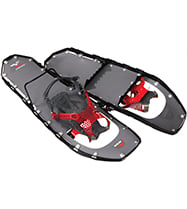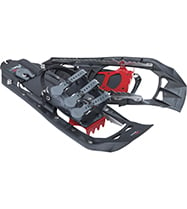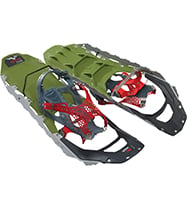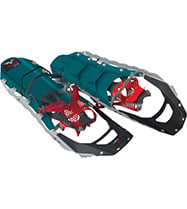MSR Snowshoes: Bred in the Mountains, Made in Market
MSR snowshoes allow you to venture out into anything winter brings. From snow-covered hills and forested trails, to glaciers and steep, rime-encrusted slopes nothing matches the traction and reliability of of our snowshoes. MSR designs have led the industry in innovation for twenty years, and one of the ways we continue that forward progress is by manufacturing our snowshoes ourselves. Take a look and see how we create the unrivaled traction, modular flotation and ergonomic efficiency that go into MSR Snowshoes.
REI went behind the scenes at MSR’s Seattle factory to show you how we make our Lightning Ascent Snowshoes. It starts with a sheet of aerospace aluminum and a laser cutter, and only gets better from there!
Manufactured in Market
We have manufactured every pair of MSR snowshoes in-house since the 1995 launch of the Denali Classic snowshoe, working from a concept by renowned inventor and big wall climber Bill Forrest. Developed using MSR technology and engineering, the Denali was the first snowshoe to utilize a composite deck, in lieu of a traditional designs with a fabric deck and tubular frame. Combined with traction bars and crampons made of strong, martensitic steel, the design revolutionized the snowshoe industry, setting new standard in traction on slopes and challenging terrain

Such a breakthrough design and its legacies—the MSR® Lightning™ (2004) and MSR® Revo™ (2014) snowshoe series—deserved the close supervision and quality control that MSR’s in-market manufacturing has always offered. Such oversight allows us to live up to MSR’s founding goal of creating functional and reliable gear. Making what we sell also provides us with an opportunity to learn from the manufacturing process itself, forever refining and improving our processes and products. Many of our competitors save costs by making their products overseas. We look to reduce cost through design efficiency and manufacturing our products, in our own facilities, in and near the markets we’ll ship them to. We manufacture in the USA for the North American market, and at our plant in Ireland for the European and Pacific markets.
The Process: Making the Lightning Ascent
For a look behind the scenes, you can see how we make our snowshoes by following one of our exclusive designs, the MSR Lightning Ascent snowshoe, through its fabrication and assembly process. The first stop is its unrivaled traction frame, which begins with a large laser cutter that cuts out multiple snowshoe frames at once. In the case of our lightweight Lightning Ascent snowshoes, the frames are made from a single piece of strong, ultralight 7000 series aluminum.
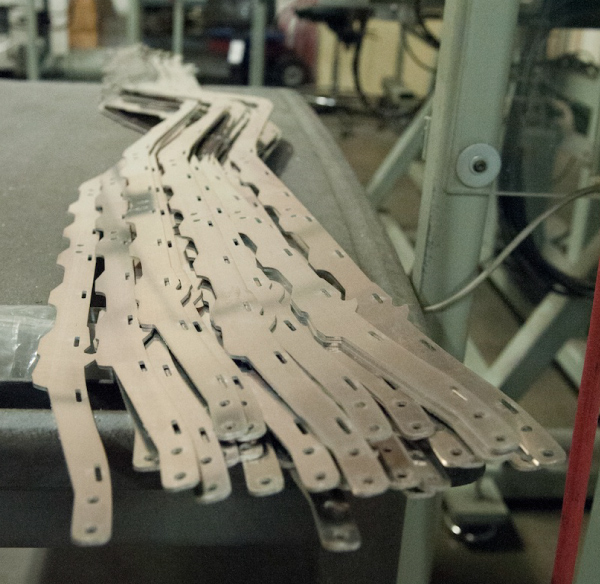
Each laser-cut frame is then shaped into our 360 Traction Frames, formed by a programmable bending machine that can precisely bend the 7000 series aluminum into its unique shape. This bending operation is crucial to the design’s functionality, and our on-site manufacturing quality check points help ensure that each Lightning Ascent snowshoe is built to our high standards throughout the manufacturing process.
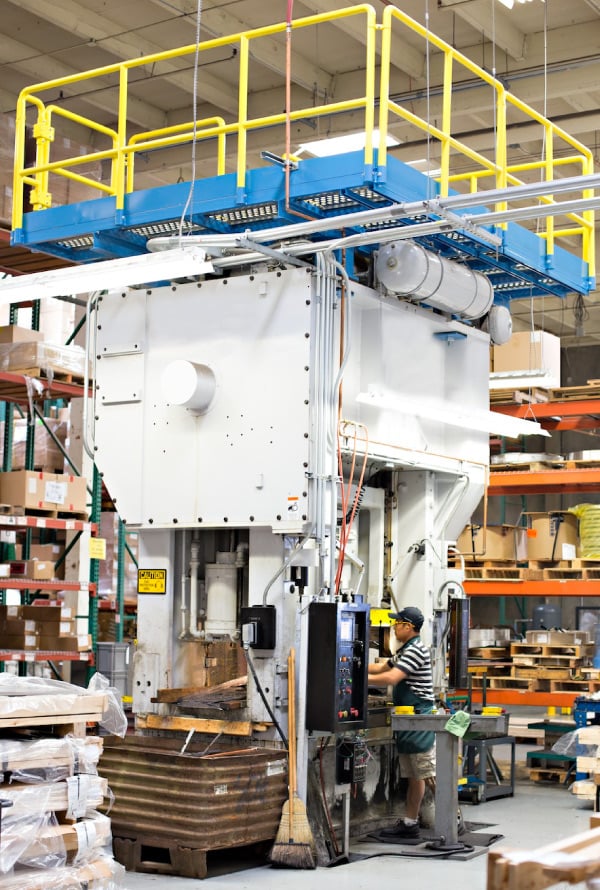
Guided by a single operator, a 400-ton punch press is used to fabricate other snowshoe parts, such as the frame’s cross members and crampons, which are made and attached at key points in the assembly process, helping improve our overall manufacturing efficiency.
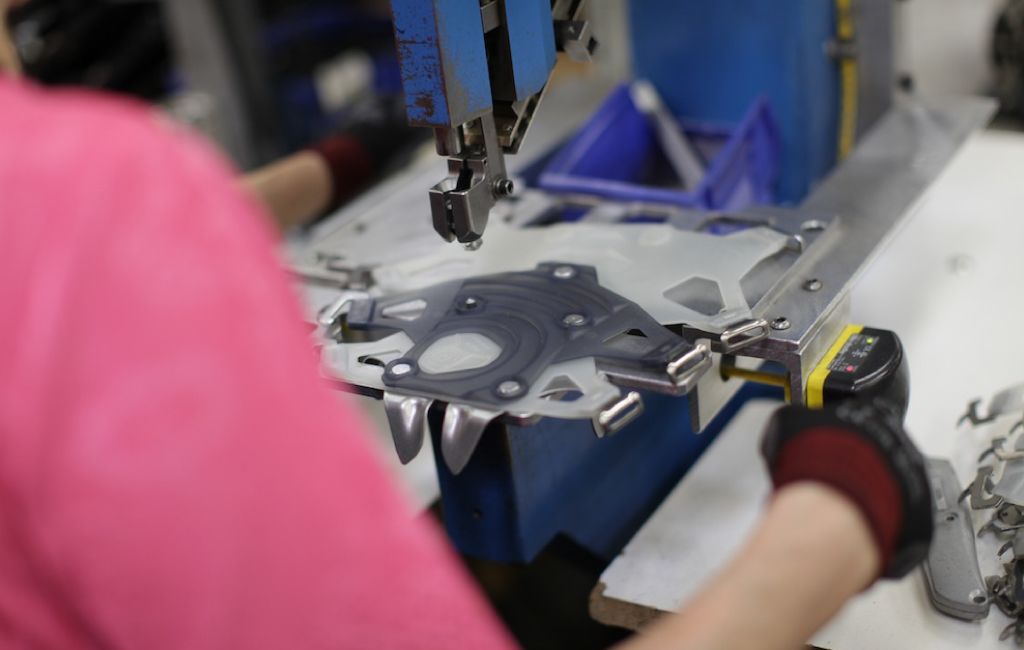
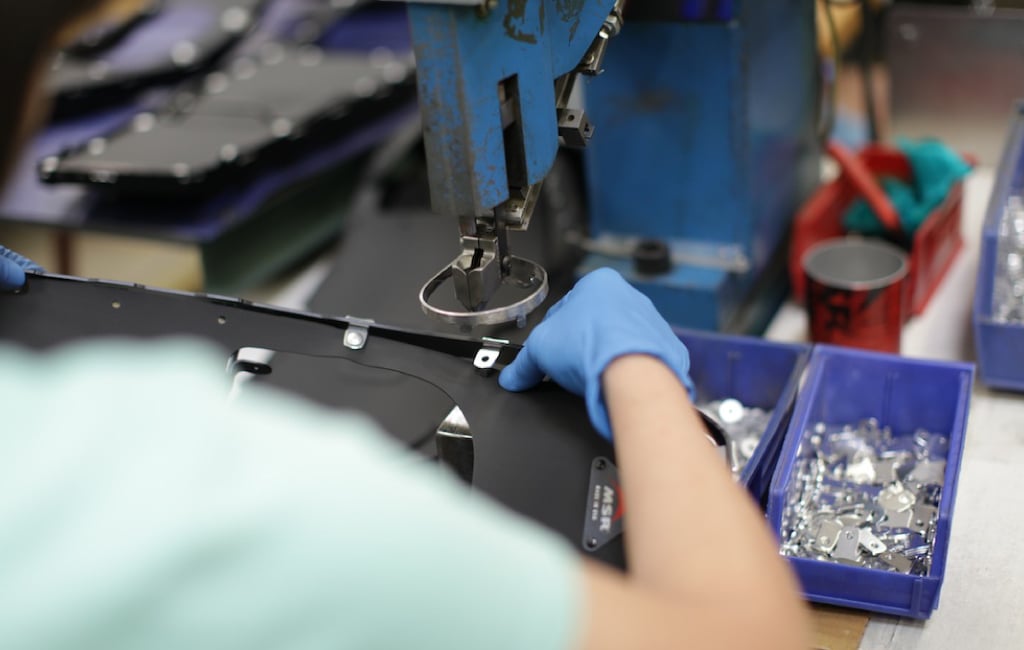
After the 360° traction frame is bent and riveted in one station, the frame is sent out to a local paint house to receive a powder coating. When it returns, the riveting machine operator attaches a special die-cut polyurethane fabric (the same fabric used in our MSR® Fluke snow anchor). This high-tensile fabric is what makes the Lightning Ascent snowshoe so light and flexible, yet also durable. Oversight is critical during this part of the manufacturing process because the fabric must be cut and riveted to the deck in precise angles to tension the frame for proper flex and function.
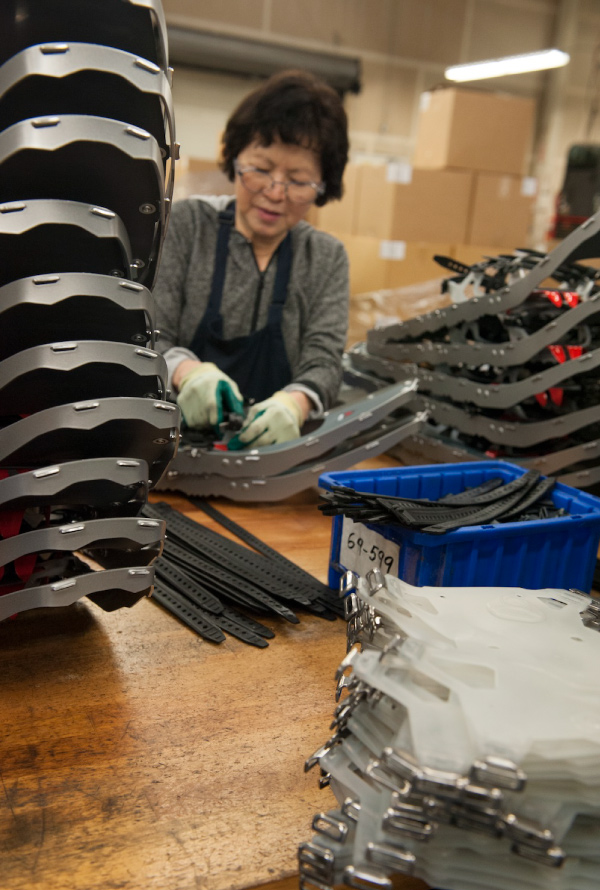
Offsite, the flexible, cold-resistant polyurethane bindings are injection-molded. The parts are delivered to the factory where they are assembled and riveted to the die-cut crampon. Finally, the whole binding assembly is attached to the snowshoe deck frame and voilà: a brand new Lightning Ascent snowshoe.

Design & manufacturing efficiency
At MSR, we match our efficient snowshoe designs with an efficiency of manufacturing because attending to both product and process makes everything work better, assuring that only quality gear goes out the door. Our machines are created in our own on-site tool shop and regularly maintained by the toolmakers to assure they are operating on spec. Making our own snowshoes has also allowed us to learn how to deal with waste material and recycling so we can maintain our goals of environmental and socially conscious manufacturing. We try to be good stewards, and that begins at home.
Related Posts:
- Manufacturing Safety: Snow Tools Made the MSR Way
- Gear Archives: MSR Snowshoe Innovations
- Your Guide to Paraglide Snowshoe Bindings
Updated. Originally published on January 26, 2015.

